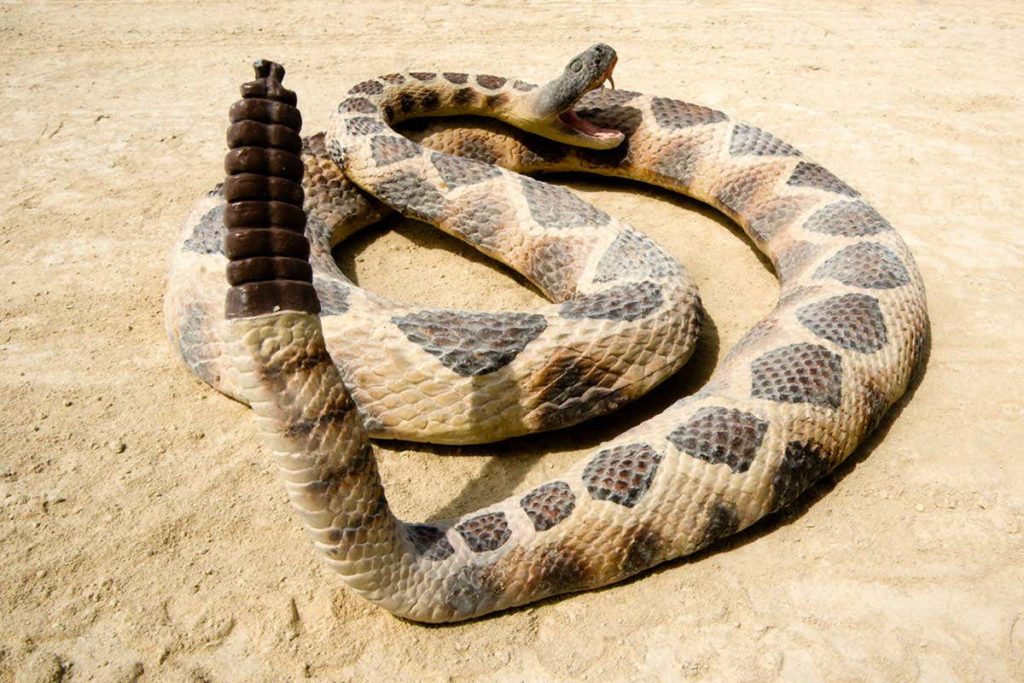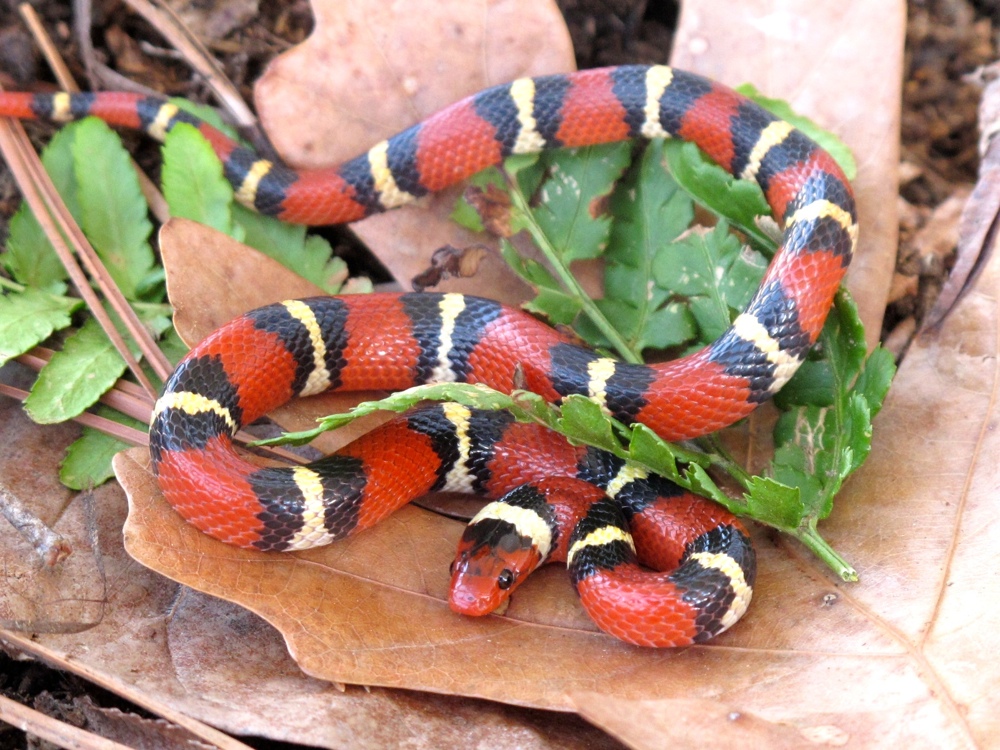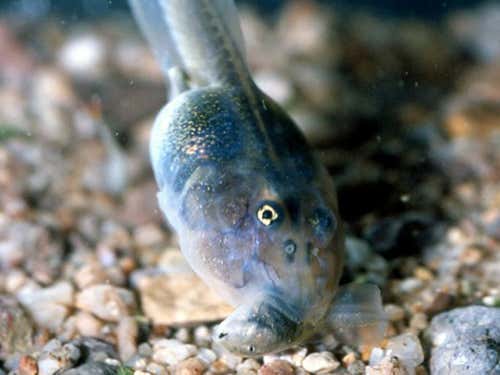Outreach & Articles
Highlights Mostly for the Lay Reader
Here’s a short (< 5 min.) video on our spadefoot research:
From the National Science Foundations’s Science Nation series.
Concerning our research on mimicry:
- Highlighted in a book chapter by Prof Raghavendra Gadagkar on “How to Design Experiments in Animal Behaviour”
Concerning the article:
Allf, B. C., Durst, P. A. D., and Pfennig, D. W. 2016. Behavioral plasticity and the origins of novelty: the evolution of the rattlesnake rattle. The American Naturalist 188: 475–483.
- Highlighted on The New Scientist’s webpage (“Rattlesnakes silently shook their tails before evolving rattles” https://www.newscientist.com/article/2106162-rattlesnakes-silently-shook-their-tails-before-evolving-rattles/, September 16, 2016)
- Highlighted on ScienceNews’ webpage (“Tail vibrations may have preceded evolution of rattlesnake rattle” https://www.sciencenews.org/blog/wild-things/tail-vibrations-may-have-preceded-evolution-rattlesnake-rattle, August 31, 2016)
- Highlighted on The Planet Experts’ webpage (“Which Came First: The Rattle or the Rattling?” http://www.planetexperts.com/came-first-rattle-rattling/, August 18, 2016)
Concerning our research on spadefoot toads:
- Highlighted on Scientific American’s Blog (“North American spadefoot toads and their incredible fast-metamorphosing, polymorphic tadpoles” Jan. 2, 2015)
Concerning the article:
Akcali, C. K. and Pfennig, D. W. 2014. Rapid evolution of mimicry following local model extinction. Biology Letters 10: 20140304.
- Highlighted on PBS’s NOVA webpage (“How the Kingsnake Is Still Fooling Predators into Thinking It’s Poisonous” http://www.pbs.org/wgbh/nova/next/evolution/mimicry-evolutionary-momentum/, Aug. 6, 2014)
- Highlighted on Mental Floss (“Extinct snake lead to better fakes” http://mentalfloss.com/article/57327/extinct-snakes-lead-better-fakes, June 18, 2014)
- Highlighted on IFL Science! (“Scarlet kingsnakes still mimics extinct venomous species” http://www.iflscience.com/plants-and-animals/scarlet-kingsnake-still-mimics-extinct-venomous-species June 12, 2014)
- Highlighted on The Scientist’s webpage (“Snake imitators persist” http://www.the-scientist.com/?articles.view/articleNo/40199/title/Snake-Imitators-Persist/ June 12, 2014)
- Highlighted on PHYS.org (“Study finds mimicry increased in scarlet kingsnake snake after disappearance of coral snake” http://phys.org/news/2014-06-mimicry-scarlet-kingsnake-snake-coral.html, June 12, 2014)
- Highlighted on Nature’s webpage (“Snakes mimic extinct species to avoid predators” http://www.nature.com/news/snakes-mimic-extinct-species-to-avoid-predators-1.15397, June 11, 2014)
- Highlighted on LiveScience (“Weird Case of Look-Alike Snakes Surprises Researchers” http://www.livescience.com/46248-snake-mimics-surprise-researchers.html, June 10, 2014)
Concerning the article:
Bono, L. M., Gensel, C. L., Pfennig, D. W., and Burch, C. L. 2013. Competition and the origins of novelty: experimental evolution of host-range expansion in a virus. Biology Letters 9: 20120616.
- Highlighted on Phenomena: A science salon hosted by National Geographic magazine (“When competition is intense, viruses spill over into new hosts” http://phenomena.nationalgeographic.com/2012/10/16/when-competition-is-intense-viruses- spill-over-into-new-hosts/, October 16, 2012)
Concerning the article:
Kikuchi, D. W. and Pfennig, D. W. 2010. Predator cognition permits imperfect coral snake mimicry. The American Naturalist 176: 830-834.
- Highlighted on ScienceNow (Science’s webpage) (“ScienceShot: Snakes Lie to Save Their Skin”, http://news.sciencemag.org/2010/11/scienceshot-snakes-lie-save-their-skin, November 19, 2010)
Concerning the article:
Martin, R. A. and Pfennig, D. W. 2010. Maternal investment influences expression of resource polymorphism in amphibians: implications for the evolution of novel resource-use phenotypes. PLoS One 5(2): e9117.
- Highlighted on The New Scientists’ Zoologger (“What turns a tadpole into a killer?”, http://www.newscientist.com/article/dn18538-zoologger-what-turns-a-tadpole-into-a, February 17, 2010)
Concerning the article:
Ledón-Rettig, C., Pfennig, D. W., and Crespi, E. J. 2010. Diet and hormone manipulations reveal cryptic genetic variation: implications for the evolution of novel feeding strategies. Proceedings of the Royal Society of London, Series B 277: 3569–3578.
- Highlighted in Nature (“Evolutionary biology: meat-eating tadpoles”, July 1, 2010, vol. 466, page 11)
Concerning the article:
Harper, G. R. Jr. and Pfennig, D. W. 2008. Selection overrides gene flow to break down maladaptive mimicry. Nature 451: 1103-1106.
- Highlighted in Current Biology (“Batesian mimicry: can a leopard change its spots – and get them back?”, June 3, 2008, vol. 18, issue 11, pp. R476-R479)
Concerning the article:
Kingsolver, J. G. and Pfennig, D.W. 2004. Individual-level selection as a cause of Cope’s rule of phyletic size increase. Evolution 58: 1608-1612.
- Highlighted in Trends in Ecology and Evolution (“The evolution of large size: how does Cope’s Rule work?”, January 2005, vol. 20, issue 1, pp. 4-6)
Concerning the article:
Pfennig, D. W., Harcombe, W. R., and Pfennig, K. S. 2001. Frequency-dependent Batesian mimicry. Nature 410: 323.
- Highlighted in Chapter 4 (“Life Imitates Life”) of the book Remarkable Creatures: Epic Adventures in the Origin of Species, by Sean B. Carroll, 2009
- Highlighted in Chapter 1 (“A Case Study of Scientific Inquiry”) of a major Biology text Biology, 7th edition, by Neil A. Campbell and Jan. B. Reese, 2005
- Highlighted in The 2002 Britannica Book of the Year (p. 235)
- Highlighted in Natural History (“Snake Fakery”, June 2001, p. 18)
Concerning the article:
Pfennig, D. W., Ho, S., and Hoffman, E. A. 1998. Pathogen transmission as a selective force against cannibalism. Animal Behaviour 55: 1255-1261.
- Highlighted in Science News (“Why Aren’t There More Cannibals Around?”, May 9, 1998, p. 295)
- Highlighted on Science’s web page (Daily inSCIght) (“Cannibal’s Risky Diet”, May 13, 1998)
- Highlighted on ABC News web page (“Cannibalism can Kill You”, July 1, 1998)
- Highlighted in The Washington Post (“Why Don’t We Eat Our Own Kind? They’d Bite Back; Cannibals May Risk Ingesting Deadly Germs, Study Finds”, August 31, 1998, p. A03)
- Highlighted in National Geographic (Earth Almanac: “Animal Cannibals: A Risky Diet”, April, 1999)
Concerning the article:
Pfennig, D. W. and Collins, J. P. 1993. Kinship affects morphogenesis in cannibalistic salamanders. Nature 362: 836-838.
- Highlighted in Trends in Ecology and Evolution (“Cannibalism among amphibian larvae: a case of good taste”, January 1994, vol. 9, issue 1, pp. 5-6)
- Highlighted in The New Scientist (“Consuming Passion for Distant Relatives”, July 18, 1993, p. 15)
- Subject of a cartoon by Larry Gonick in Discover (“Fine Young Cannibals”, October, 1993, p. 124-125)
- Highlighted in The 1994 Encyclopaedia Britannica Book of the Year (“Life Sciences, Zoology”, p. 209-210)
Concerning the article:
Pfennig, D. W., Reeve, H. K., and Sherman, P. W. 1993. Kin recognition and cannibalism in spadefoot toad tadpoles. Animal Behaviour 46: 87-94.
- Highlighted in The Washington Post (“For Arizona’s Cannibalistic Tadpoles, Eating is a Relative Matter”, December 9, 1991, p. A3)
- Highlighted in Scientific American (“Relative Hunger”, March 1992, p. 18)
Concerning the article:
Pfennig, D. W., Loeb, M. L. G., and Collins, J. P. 1991. Pathogens as a factor limiting the spread of cannibalism among tiger salamanders. Oecologia 88: 161-166.
- Highlighted in The New Scientist (“Cannibals Eat Their Way to an Early Death”, December 7, 1991, p. 23)



